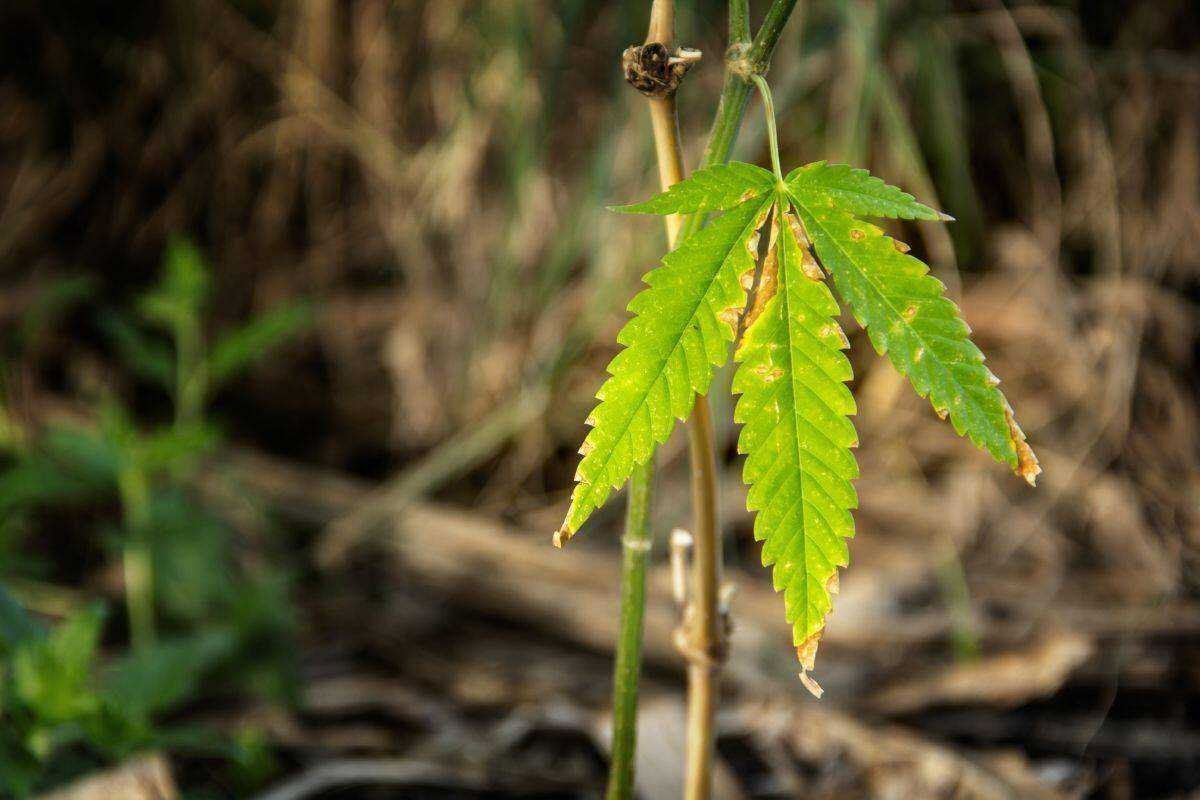Nutrient burn, often referred to as “nute burn,” is a common issue faced by cannabis cultivators. This problem arises when cannabis plants receive an excess of nutrients, particularly macronutrients like nitrogen, phosphorus, and potassium. Nutrient burn can severely affect plant health, reducing growth, yield, and overall quality. This article delves into the causes, symptoms, prevention, and treatment of nutrient burn, providing valuable insights for both novice and experienced growers.
Causes of Nutrient Burn
Nutrient burn occurs when cannabis plants are overfed with nutrients. This can happen due to several reasons:
1. Over-fertilization:
One of the most common causes of nutrient burn is the overuse of fertilizers. Growers may inadvertently add too much fertilizer, believing it will promote faster growth and higher yields. However, cannabis plants can only absorb a certain amount of nutrients, and any excess can lead to nutrient burn.
2. Improper Mixing of Nutrients:
Incorrect mixing of nutrient solutions can lead to higher concentrations of nutrients than intended. This is particularly common in hydroponic systems where nutrient solutions are mixed manually. Precise measurements and proper mixing techniques are crucial to avoid this issue.
3. Inadequate Drainage:
Poor drainage can cause nutrient buildup in the soil or growing medium. When water is not draining properly, it can lead to the accumulation of salts and nutrients around the roots, eventually causing nutrient burn.
4. Watering with Hard Water:
Using hard water, which contains high levels of minerals like calcium and magnesium, can contribute to nutrient buildup. Over time, this can result in nutrient burn, especially if additional calcium and magnesium are being supplemented.
Symptoms of Nutrient Burn
Recognizing the symptoms of nutrient burn early can help prevent further damage to your cannabis plants. The key symptoms include:
1. Leaf Discoloration:
The most noticeable symptom of nutrient burn is the discoloration of leaves. Typically, the tips and edges of the leaves will turn yellow or brown and may appear burnt or scorched.
2. Leaf Curling:
Affected leaves may start to curl or twist, often referred to as “tacoing.” This is a sign that the plant is stressed and struggling to manage the excess nutrients.
3. Slow Growth:
Nutrient burn can stunt the growth of cannabis plants. If your plants are not growing as expected, nutrient burn could be a contributing factor.
4. Leaf Drop:
In severe cases, leaves may start to drop prematurely. This can significantly reduce the plant’s ability to photosynthesize and produce energy.
Preventing Nutrient Burn
Preventing nutrient burn requires careful monitoring and management of nutrient levels. Here are some tips to avoid this common problem:
1. Follow Manufacturer Guidelines:
Always follow the nutrient manufacturer’s guidelines for dosage and application. Avoid the temptation to exceed recommended amounts in the hopes of boosting growth.
2. Use a TDS/EC Meter:
A Total Dissolved Solids (TDS) or Electrical Conductivity (EC) meter can help you monitor the concentration of nutrients in your water or nutrient solution. These tools provide an accurate measurement of nutrient levels, allowing you to adjust accordingly.
3. Start with Lower Doses:
Especially for new strains or young plants, start with lower doses of nutrients and gradually increase as the plants grow and show signs of needing more.
4. Ensure Proper Drainage:
Make sure your growing medium has adequate drainage to prevent nutrient buildup. In hydroponic systems, regularly flush the system to remove excess salts and nutrients.
5. Monitor pH Levels:
Maintaining the correct pH level is crucial for nutrient uptake. An imbalanced pH can lead to nutrient lockout or excess uptake, both of which can cause nutrient burn. Regularly check and adjust pH levels to ensure they are within the optimal range for cannabis growth (5.5 to 6.5 for hydroponics, and 6.0 to 7.0 for soil).
6. Use High-Quality Water:
If possible, use filtered or reverse osmosis (RO) water to reduce the risk of mineral buildup from hard water. This can help maintain balanced nutrient levels and prevent nutrient burn.
Treating Nutrient Burn
If you identify nutrient burn in your cannabis plants, it is essential to act quickly to mitigate the damage. Here are some steps to treat nutrient burn:
1. Flush the Growing Medium:
The first step in treating nutrient burn is to flush the growing medium with plain, pH-balanced water. This helps to remove the excess nutrients that are causing the burn. In soil, use enough water to thoroughly saturate the soil and allow it to drain completely. In hydroponic systems, run plain water through the system for a day or two.
2. Adjust Nutrient Levels:
After flushing, reduce the concentration of nutrients in your feeding regimen. Gradually reintroduce nutrients at a lower dose, monitoring the plants closely for any signs of improvement or further distress.
3. Prune Affected Leaves:
Remove any severely damaged leaves to prevent them from further stressing the plant. This also helps the plant direct its energy towards new, healthy growth.
4. Monitor and Maintain:
Continue to monitor your plants for signs of recovery. Ensure that you maintain proper pH levels and avoid over-fertilization moving forward.
Nutrient burn is a common but preventable issue in cannabis cultivation. By understanding its causes, recognizing the symptoms, and implementing preventive measures, growers can maintain healthy, vibrant plants and maximize their yields. Proper nutrient management, including careful monitoring of nutrient levels, pH balance, and ensuring adequate drainage, is key to preventing nutrient burn. Should nutrient burn occur, prompt action to flush the growing medium and adjust nutrient levels can help mitigate the damage and restore plant health. With these strategies, cannabis cultivators can achieve successful and bountiful harvests.



